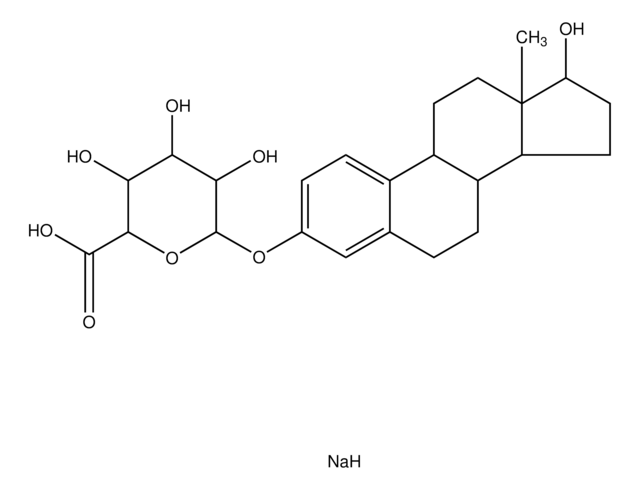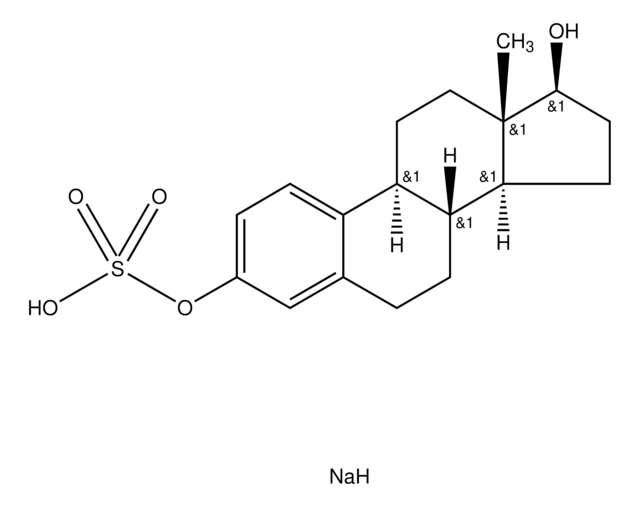Wichtige Dokumente
F6513
Fusarsäure
from Gibberella fujikuroi
Synonym(e):
5-Butyl-picolinsäure, 5-Butyl-pyridin-2-carbonsäure
Größe auswählen
About This Item
Empfohlene Produkte
Biologische Quelle
Gibberella fujikuroi
Qualitätsniveau
Assay
≥98% (TLC)
Form
powder
mp (Schmelzpunkt)
95-97 °C
Löslichkeit
ethanol: 49.00-51.00 mg/mL, clear, colorless to faintly yellow
Wirkungsspektrum von Antibiotika
Gram-positive bacteria
Wirkungsweise
enzyme | inhibits
Lagertemp.
−20°C
SMILES String
CCCCc1ccc(nc1)C(O)=O
InChI
1S/C10H13NO2/c1-2-3-4-8-5-6-9(10(12)13)11-7-8/h5-7H,2-4H2,1H3,(H,12,13)
InChIKey
DGMPVYSXXIOGJY-UHFFFAOYSA-N
Angaben zum Gen
human ... DBH(1621)
Suchen Sie nach ähnlichen Produkten? Aufrufen Leitfaden zum Produktvergleich
Allgemeine Beschreibung
Biochem./physiol. Wirkung
Leistungsmerkmale und Vorteile
Signalwort
Warning
H-Sätze
Gefahreneinstufungen
Acute Tox. 4 Oral
Lagerklassenschlüssel
11 - Combustible Solids
WGK
WGK 3
Flammpunkt (°F)
Not applicable
Flammpunkt (°C)
Not applicable
Persönliche Schutzausrüstung
dust mask type N95 (US), Eyeshields, Faceshields, Gloves
Hier finden Sie alle aktuellen Versionen:
Analysenzertifikate (COA)
Die passende Version wird nicht angezeigt?
Wenn Sie eine bestimmte Version benötigen, können Sie anhand der Lot- oder Chargennummer nach einem spezifischen Zertifikat suchen.
Besitzen Sie dieses Produkt bereits?
In der Dokumentenbibliothek finden Sie die Dokumentation zu den Produkten, die Sie kürzlich erworben haben.
Kunden haben sich ebenfalls angesehen
Aktive Filter
Unser Team von Wissenschaftlern verfügt über Erfahrung in allen Forschungsbereichen einschließlich Life Science, Materialwissenschaften, chemischer Synthese, Chromatographie, Analytik und vielen mehr..
Setzen Sie sich mit dem technischen Dienst in Verbindung.











